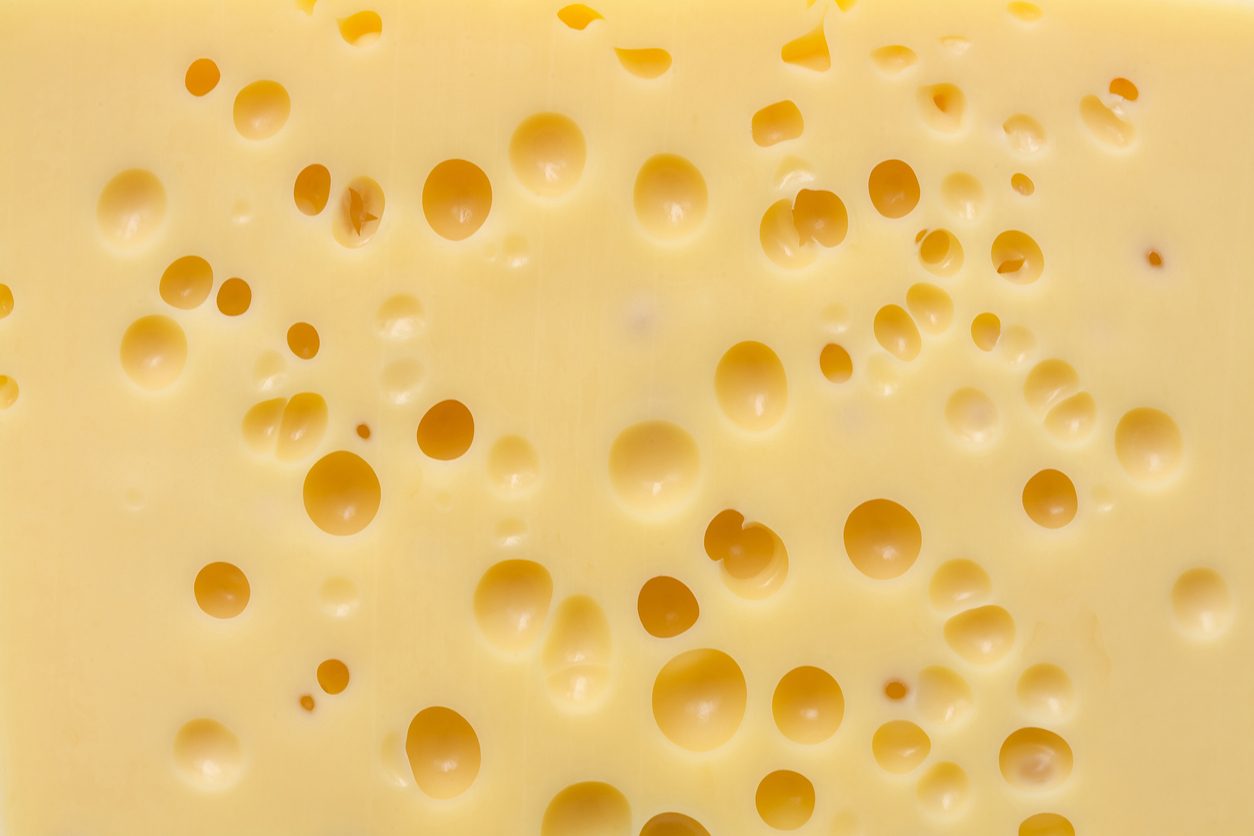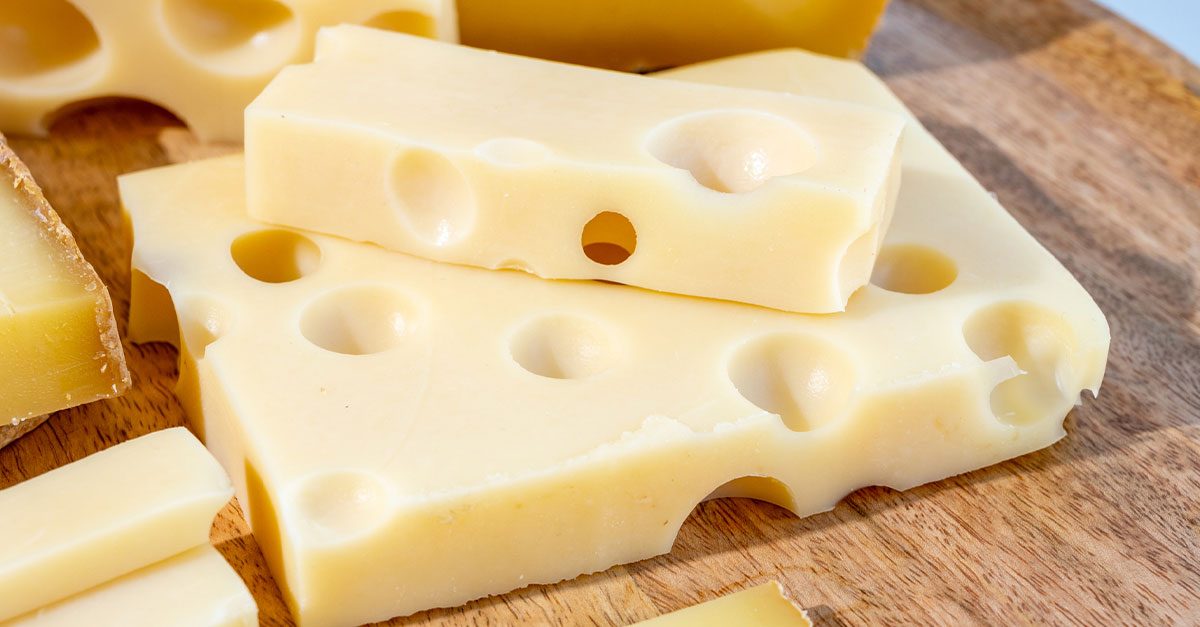Here’s Why Swiss Cheese Has Holes
As kids, you most likely were scared with stories of how the holes in swiss cheese were made by mice chewing through the cheese. However there is no truth to it. Indeed, according to modern science, rodents have nothing to do with it.
;)
Swiss Cheese is an umbrella term referring to several varieties of medium-hard cheese that resemble Emmental cheese, which originated in Emmental, Switzerland.
Most blocks of Swiss cheese are dotted with holes, also known as "eyes." Swiss cheese varieties that have no eyes are tagged "blind." Now that you know those holes are not made by rats, you’re probably wondering what made them.
Why Does Swiss Cheese Have Holes?

In 1917, William Clark published a detailed explanation of how Swiss cheese holes came about by carbon dioxide released by bacteria present in the milk.
Clark's idea was touted as fact for almost 100 years. Then in 2015, a study by Agroscope, a Swiss agricultural institute, dismissed his theory. In reality, the eyes are actually caused by tiny bits of hay present in the milk.
How Does Milk Become Cheese?

This is an explanation for why the holes have mysteriously become smaller — and sometimes nonexistent — in recent years.
When cheese is manufactured in barns, they sometimes use open buckets which make it easy for hay particles to find their way into the collected milk. Those little bits of hay cause a weakness in the structure of the curd, allowing gas to form and create the holes.
"It's the disappearance of the traditional bucket" used during milking that caused the difference, said Agroscope spokesman Regis Nyffeler, adding that bits of hay fell into it ultimately causing the holes.
Milk for cheese-making is now extracted via modern methods, so we no longer see nearly as many holes in our Swiss anymore.
;Resize,width=767;)
;Resize,width=712;)


